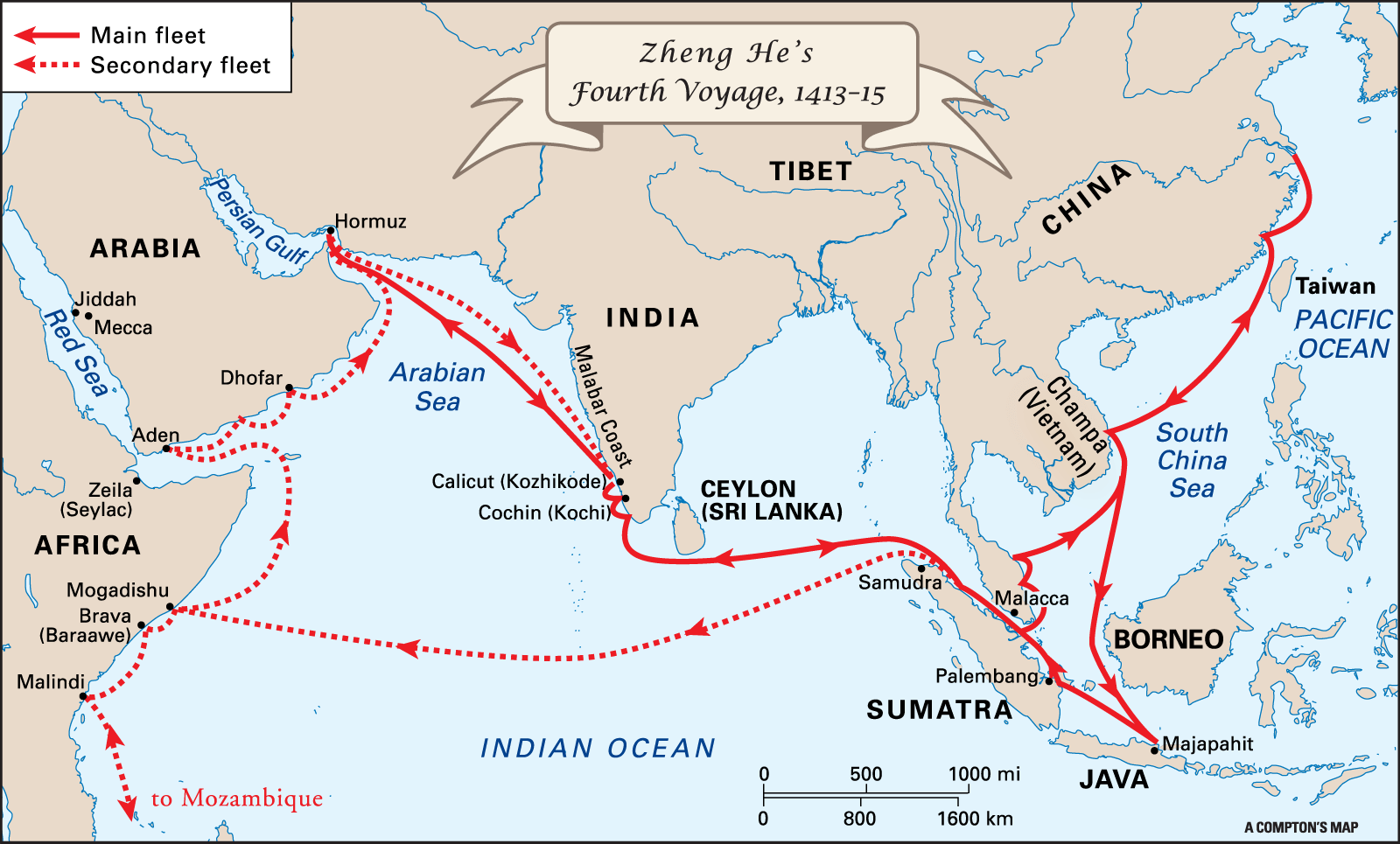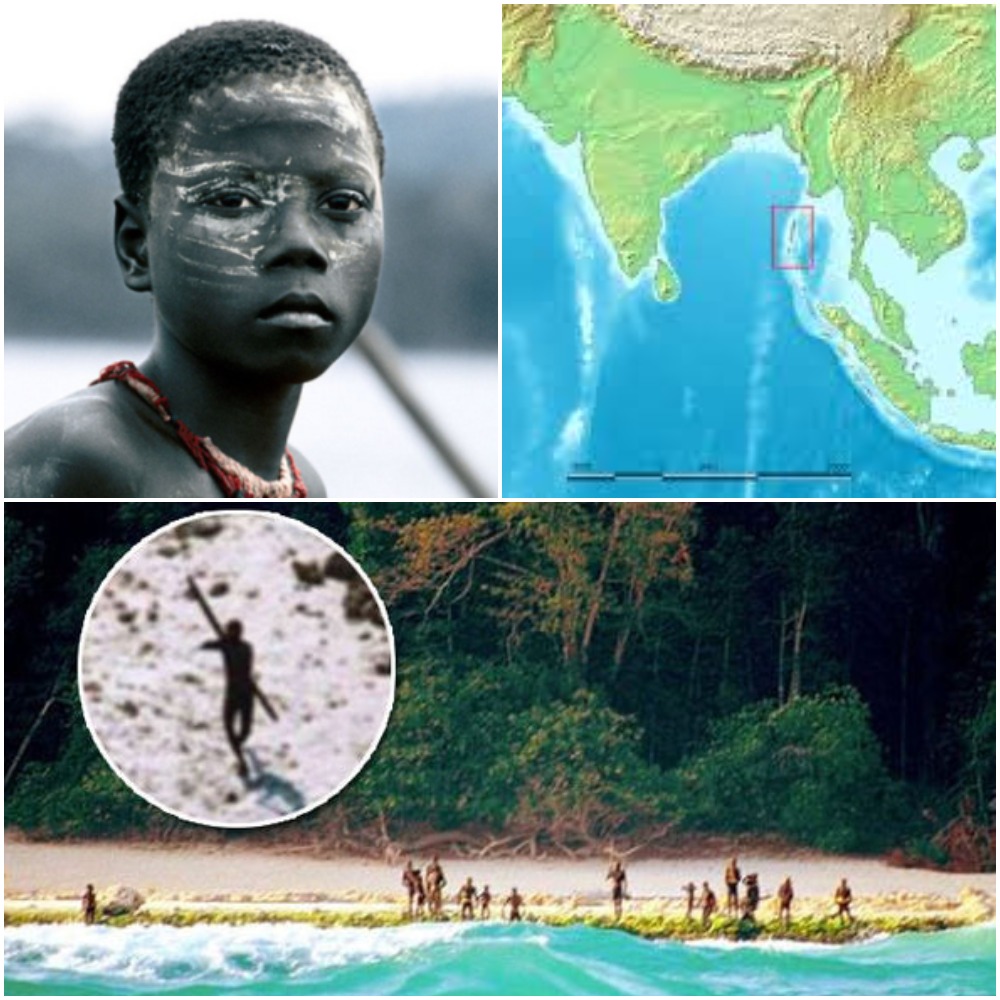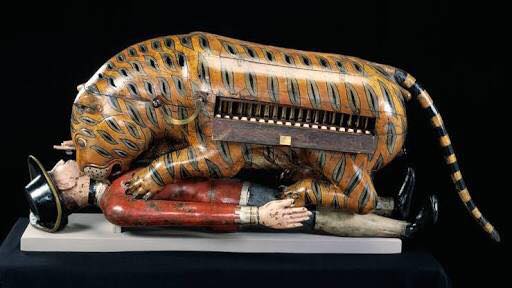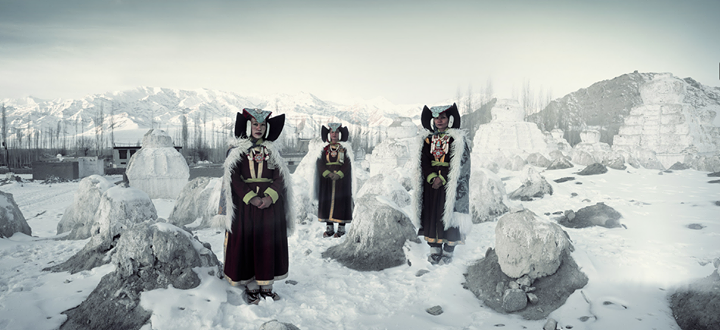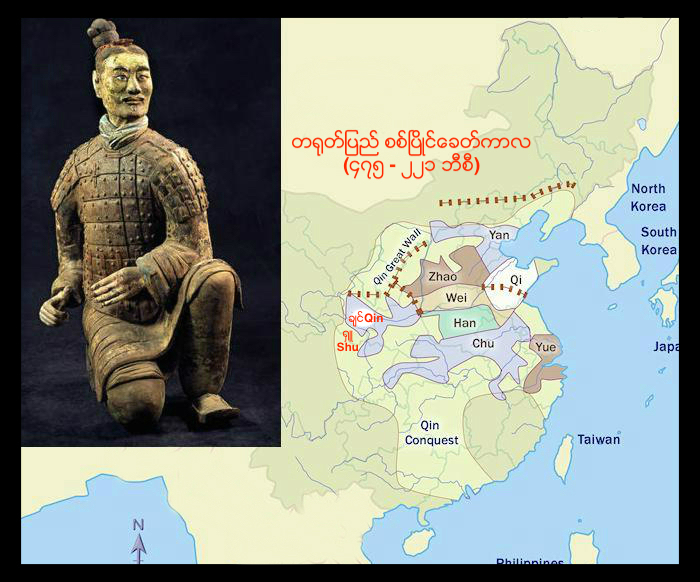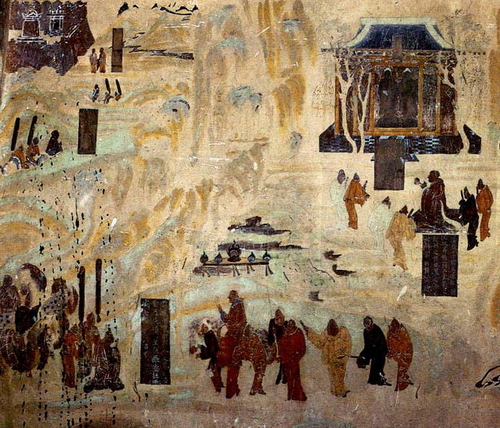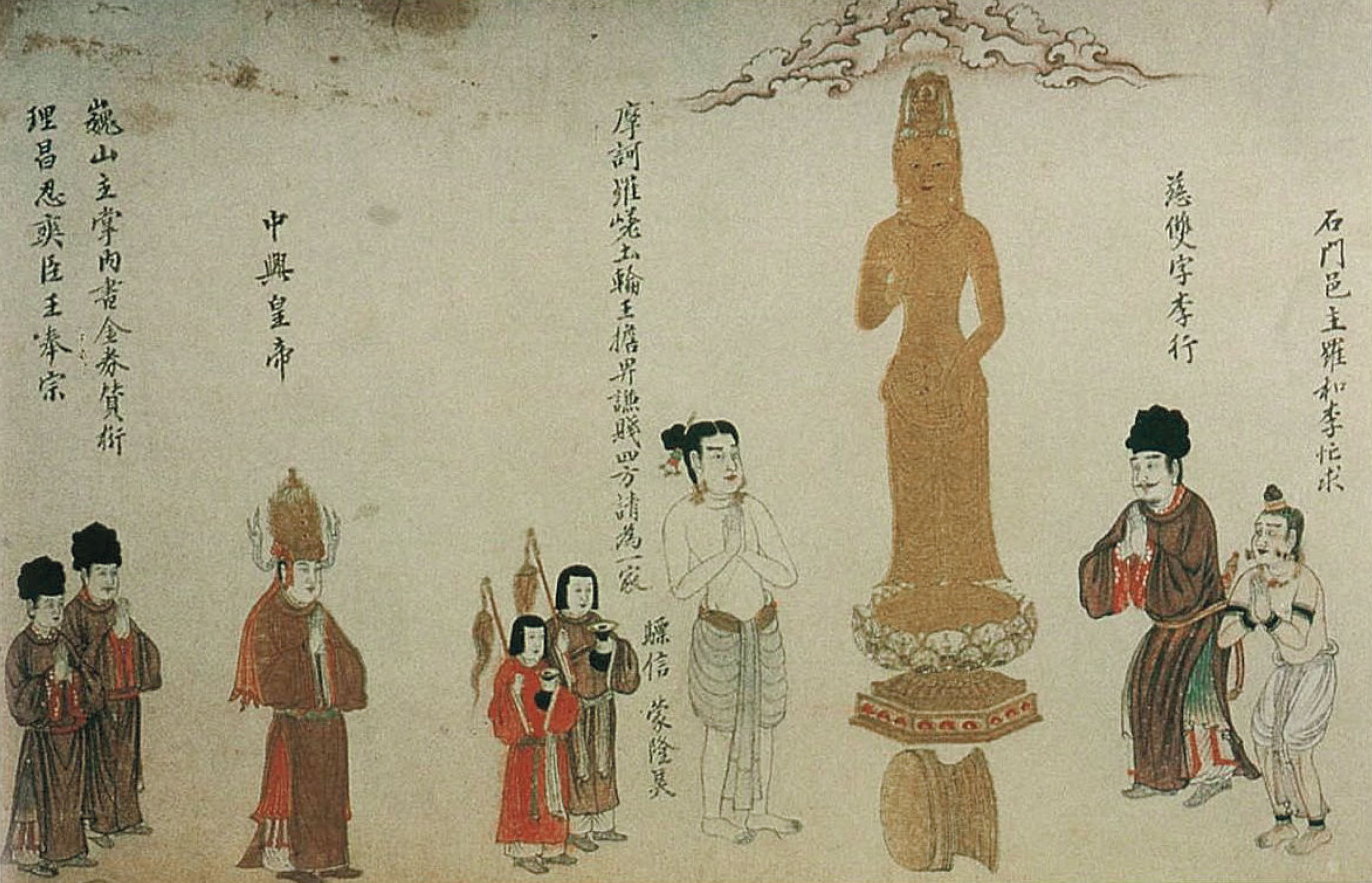Myanmar's Neighbours Past and Present
Located at the strategic crossroads of Asia, Myanmar has long been in conversation with its neighbours. The British colonial powers mapped the precise border that created the boundaries of the country we know today as Myanmar. But rulers and peoples in the region had - for millennia - been both spreading and receiving political, cultural, religious, and linguistic influences. As power emanated from capitals and dissipated with distance, ties of loyalty and language in pre-modern times drew a very different kind of map...
This section showcases Myanmar's neighbours and the ebb and flow of power and influence in the dynamic region.
Historic Events
Northeast East India is almost a mirror image of Myanmar
When most people in Myanmar think of India they naturally think of the centuries-old connections across the Bay of Bengal to South India (where Buddhism in Myanmar likely originated), Bengal, and places further afield. They rarely think of the 40 million people of Northeast East India (Assam, Arunachal Pradesh, Nagaland, Manipur, Mizoram, Tripura, Meghalaya, and Sikkhim) which - in some ways - is almost a mirror image of Myanmar, with its central Brahmaputra valley, its surrounding uplands, its history of...
Read MoreThe great world explorer from Myanmar-Yunnan Border
One of the greatest explorers in world history was a Panthay Muslim from the Burma-Yunnan border. In 1413, a great fleet of Chinese ships were arriving for the first time along the African coast (they would bring back with them, amongst other things, a giraffe for the Ming Emperor's menagerie). This was the fourth of seven monumental voyages in the early decades of the 15th century commanded by the great admiral and imperial eunuch Zheng He. Each voyage involved a...
Read MoreMyanmar's most mysterious neighbours: the peoples of the Andaman Islands
The Andaman Islands are closer to Yangon than Mandalay. They are today part of India. But their indigenous peoples are perhaps the most isolated anywhere in the world. There are only several hundred native Andamanese people left. They speak languages that are unrelated to any other. Genetically, they are closer to Asians than anyone else. Interestingly, the few whose DNA have been tested are of the Y Haplogroup D-M174, which is found also in Tibet, Yunnan and Japan. Scientists...
Read MoreMere Piya Gaye Rangoon (My husband went to Rangoon)
"Mere Piya Gaye Rangoon" (My husband went to Rangoon), from the 1949 hit movie Patanga, is one of the mosst famous songs in India. For many Indians, Rangoon was once a place of prosperity where you could reinvent your life and be free; one Indian family now living in the United States refer to Rangoon as it was their "first America". In this song, the wife talks only of missing her husband. The husband, calling from Rangoon, tells her he...
Read MoreTipu's Tiger
This 18th-century wooden automaton enacts a European soldier being mauled by a tiger; it has an organ in the back that makes the European soldier’s arms move and he groans. The device was made for the Tipu Sultan, the ruler of the powerful Mysore kingdom in South India from 1782 to 1799. The Tipu Sultan was a great enemy of the British East India Company, who fought three wars against him. When he was finally defeated and his capital overrun,...
Read MoreLanguage Cousins
Ladhaki (and Balti) languages are very similar to Tibetan. They are the westernmost speakers of Tibeto-Burman languages and so are linguistic cousins of the Burmese. Tibeto-Burman is a family of languages spoken by over 50 million people. The two biggest languages in the family are Tibetan and Burmese. Jingpaw, Chin, Naga, and many languages in Nepal, Northeast India, and Southwest China are also part of this family. The Tibeto-Burman languages closest to Burmese include Yi, Naxi, Lisu, Atsi, and Maru....
Read MoreQueen of Hlihin
This photograph shows a queen of the Hlihin, Myanmar's neighbours to the north c. 1945, in what is today western Yunnan. The Hlihin were an independent people who spoke a language related to Burmese. Their homeland was absorbed into the Peoples Republic of China in the 1950s.
Read MoreChina's Warring States
Around the time that Alexander the Great was preparing to conquer the known world, in the fourth century BC, Hui Wen, the king of Qin, was also expanding his domains, laying the basis for an empire that would grow and expand to the present day. This was during China’s "Warring States" period. The country had not yet been unified and Hui Wen’s kingdom, Qin, was only one of several feudal states that were constantly fighting one another for supremacy. Qin...
Read MoreThe first attempt at a China Myanmar Economic Corridor
In 122 BC, a special mission was dispatched by the emperor of China, a mission to find a rumoured southwest passage, one that was said to lead from his Middle Kingdom to the then only recently discovered land of India, and from India to the unfamiliar countries beyond. A few years earlier, the explorer Zhang Qian had arrived back at the imperial court after a long and arduous journey along an already known northern route, reaching the limits of the...
Read MoreOnce upon a Time in Dali Kingdom
For much of its early history, Burma’s neighbor to the northeast was not China, but the independent kingdom of Yunnan with Dali as its capital. And from the eighth to the thirteenth centuries this kingdom was a power in its own right, at times allying itself with the Tibetan empire to its west, at others, with China’s Tang and Song dynasties to the east. Its mounted armies ventured deep into what is today Burma and may have been behind the...
Read More
